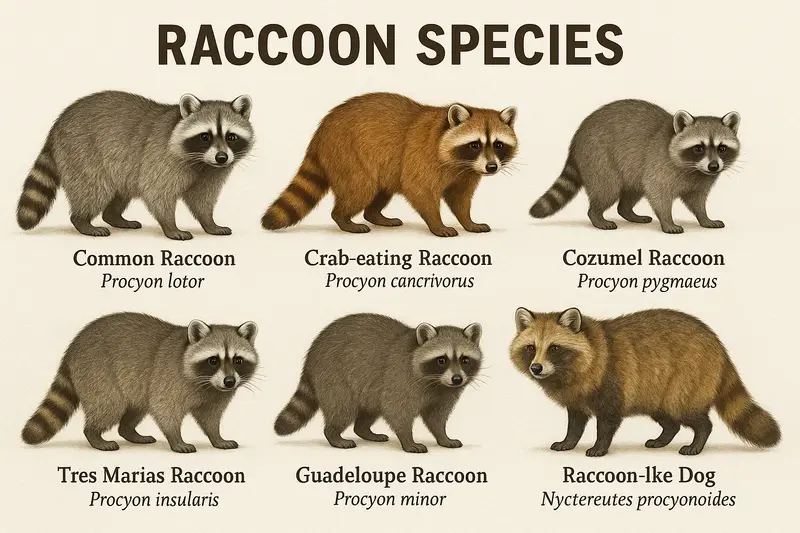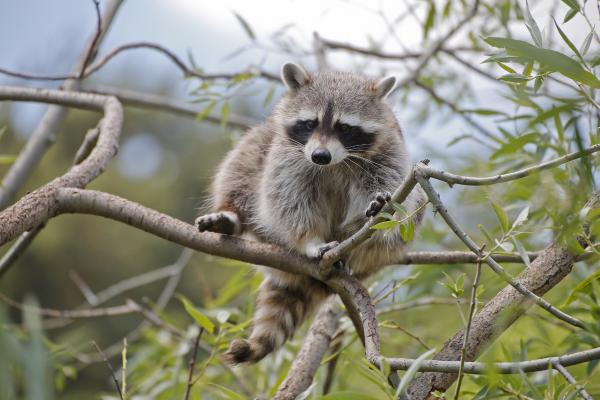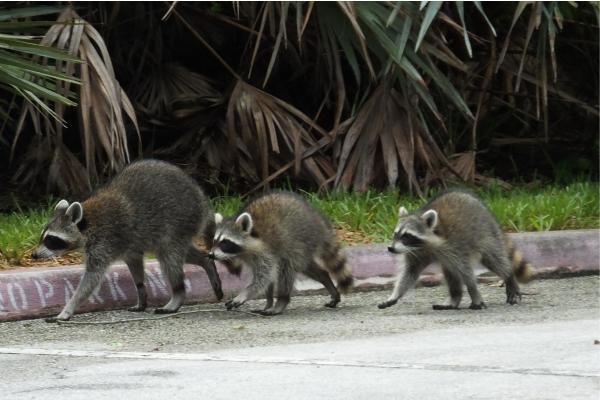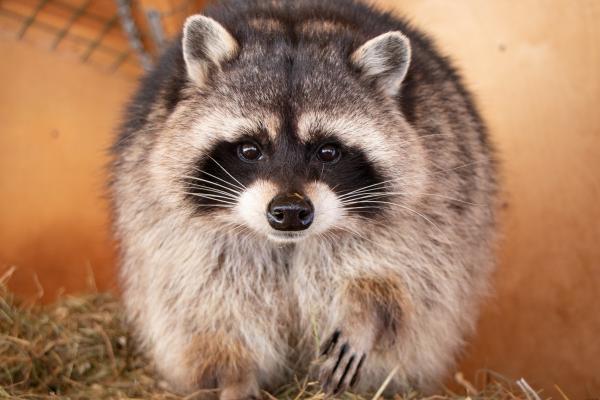The genus Procyon includes several fascinating raccoon species that are native to the tropical and subtropical regions of the Americas. Currently, there are three recognized species: the Cozumel raccoon (Procyon pygmaeus), the crab-eating raccoon (Procyon cancrivorus), and the common or northern raccoon (Procyon lotor). Let’s explore their unique traits and survival skills.


Found only on Cozumel Island off the coast of Mexico’s Yucatán Peninsula, this small raccoon is highly adaptable to various forest environments, from tropical rainforests to temperate woodlands. It prefers areas with dense vegetation for nesting and protection.
Cozumel raccoons are omnivorous, feeding on insects like ants and beetles, mollusks, worms, spiders, fruits, nuts, and small vertebrates such as frogs, lizards, birds, and mammals. During mating season, males become highly competitive. After about 63 days of gestation, females give birth to 2–4 altricial pups that are blind and helpless, raised in tree cavities or root hollows.
Sadly, this species is critically endangered with fewer than 250 mature individuals remaining in the wild.

Native to Central and South America, the crab-eating raccoon differs from its northern cousin with a leaner body and thinner coat. It thrives in forests and wetlands, and is skilled at climbing and foraging. Its omnivorous diet includes crabs, amphibians, nuts, and fruits.
This species is solitary and nocturnal, resting in tree hollows during the day. With a gestation period of 60–75 days, it produces 2–7 offspring per litter. The young remain with the mother for about 8 months, reaching sexual maturity by one year of age.

The northern raccoon is the most widespread and well-known species. It inhabits a variety of environments, including urban areas where it is sometimes considered a pest. Its trademark black facial mask and ringed tail are iconic.
These raccoons are opportunistic omnivores that eat everything from rodents and birds to fruits, grains, and crabs. Their flexible diet supports their success in forests, wetlands, and human-modified areas.
Breeding occurs in a polygynous-promiscuous system. Males mate with multiple females but do not assist in rearing the young. Females give birth to 1–7 kits, which reach adulthood by age two.
animal tags: raccoons
We created this article in conjunction with AI technology, then made sure it was fact-checked and edited by a Animals Top editor.